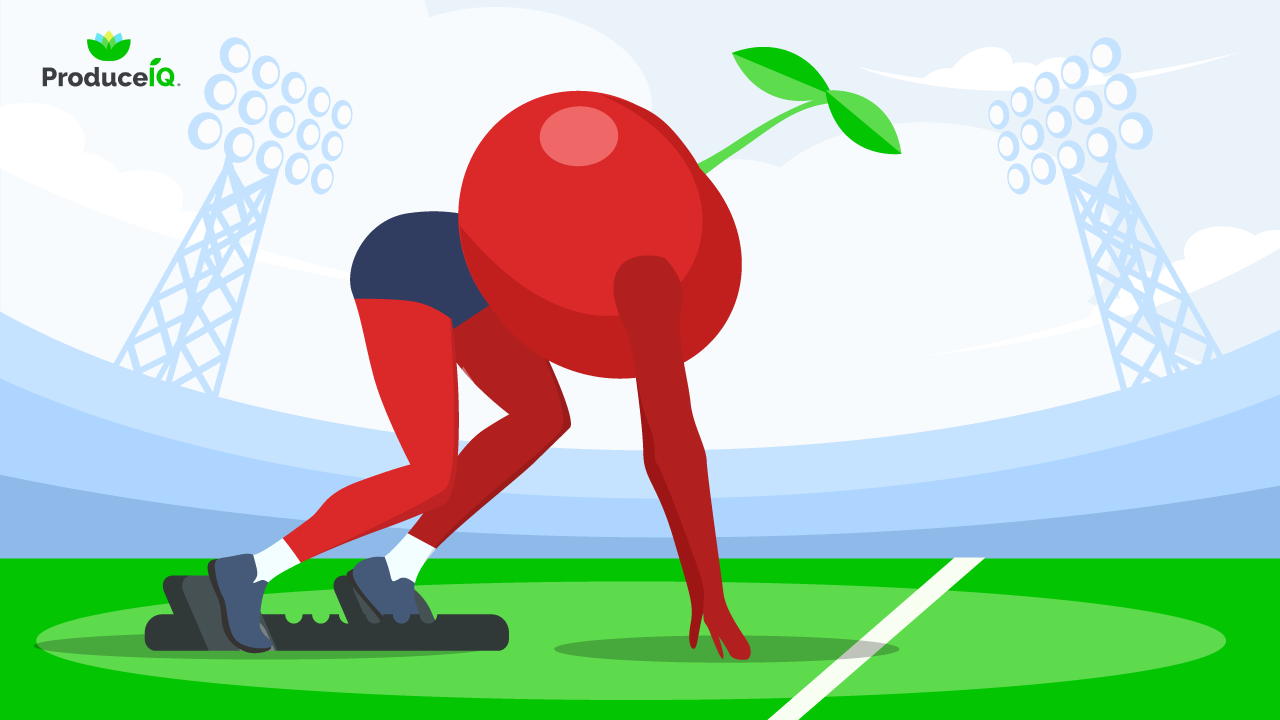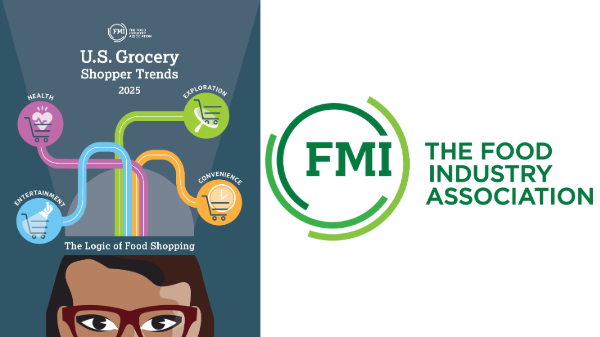Welcome to Blue Book!
Are you ready to join the thousands of companies who rely on Blue Book to drive smarter decisions? View our plans and get started today!
Still have questions? We’d love to show you what Blue Book can do for you. Drop us a line– we’ve been waiting for you.
The pain of food inflation continues to drive consumer behavior, even when that pain has largely stopped.
At the International Fresh Produce Association BB #:378962 Retail Conference earlier this month, Jonna Parker of Circana presented a series of consumer trends, among them, shopper views and behavior in relation to food inflation.
Parker showed that retail food prices rose 37 percent from 2019 to the end of 2024, but fresh produce at retail rose only 19 percent over that time frame.
The latest government inflation figures also show that overall inflation in April was 2.3 percent, while food was up 2.8 percent year-over-year. Fresh produce, meanwhile, dropped 0.7 percent year-over-year.
Even though recent economic news shows easing inflation, to even deflation in the produce department, consumer confidence is low, at 51/100 on a consumer sentiment index, and consumers expect 6.7 percent food inflation over the next year, Parker said.
She also said consumers rated fresh produce as the No.1 category of consumer goods that they expect to see the impact of tariffs.
One way shoppers are changing is that the frequency of trips is rising and the categories they buy per trip are shrinking.
Thankfully for our industry, produce is the most frequently shopped fresh department with 8 more trips than dairy and 12 more than meat. Some produce categories, such as tree fruit, grapes, mangos, berries, avocados, and mandarins, saw a rise of four or more trips over the previous year.
Parker said the produce department has moderate price sensitivity, and in the first quarter of 2025, consumers increased their responsiveness to price.
About one-third of commodities are considered highly sensitive, such as peaches, mandarins, grapes, and mushrooms. On the less sensitive side are apples, tomatoes, onions, bananas, and herbs.
Parker said discounting highly sensitive items leads to the most volume improvements.
But she said consumers see value as more than price, so retailers must address consumer demands for quality, convenience, relevance, and experience.
Even with consumer economic pessimism, Parker said retailers should reinforce consumer connections with many touchpoints and clearly state their unique benefits to shoppers.








